Raspberry Pi Pico is a Micro-controller that no-one ever thought that Raspberry Pi Foundation would launch but will be used by the majority of tech-enthusiasts. Raspberry foundation developed one of the futuristic micro-controller Raspberry Pi that helped people to develop advanced gadgets and modules. It made millions of people fans of Raspberry Pi that made learning about hardware or software fascinating for the people. Raspberry Pi Pico is the new contender in the market that is a powerful microcontroller that would ease the process of development of the gadgets. A lot of people are using Arduino and certainly want to know the difference between Pico and Arduino. In this blog, we’ll cover all the aspects of both the micro-controllers so that readers can make an informed decision.
What is Arduino?
There might be people who do not know the Arduino. Arduino is a powerful open-source electronics platform that is based on a microcontroller. The control unit of the Arduino is from the Atmega family. The developers of Arduino made its structure of hardware and software simple. Arduino worked as a brain for many projects that made their huge followers in the tech community. The Arduino software made the work easy for the beginners that created advanced products and gadgets in the market. A lot of micro-controllers are limited to windows but Arduino software runs on cross-platforms such as Linux, Windows, Macintosh OSX, and other platforms.
What is Raspberry Pi Pico?
Raspberry Pi Pico is based on the powerful Micro-controller chip RP2040 that has the Dual-Core ARM Cortex-M0+ that would allow people to build complex systems efficiently. The developers of Raspberry Pi have taken care of the simple design of the Raspberry Pi Pico so that more people can understand the programming and hardware in a better way. It becomes easier for high-performance people to understand a simple design and software that helps them to create gadgets and products more frequently. It is designed with the 40 pins 21x51 'DIP' style 1mm thick PCB with 0.1" through-hole pins also with edge castellation's. Raspberry Pi Pico has a 3-pin ARM Serial Wire Debug (SWD) port with a simple yet highly flexible power supply architecture.
Specifications
|
S.no |
Arduino Uno |
Raspberry Pi Pico |
|
1 |
Microchip ATmega328P with 32KB of Flash |
RP2040 microcontroller with 2MByte Flash |
|
2 |
Input Voltage: 7-20 Volt |
5V DC via USB connector |
|
3 |
20 GPIO(5v rated), 14 are digital only and 6 are ADC capable |
26 GPIO (3.3v rated), 23 are digital-only and 3 are ADC capable |
|
4 |
1x UART, 1x I2C, 1x SPI, up to 6 PWM channels |
2x UART, 2x I2C, 2x SPI, up to 16 PWM channels |
|
5 |
10-bit 125 Khz Analogue to Digital Converter (ADC) |
12-bit 500ksps Analogue to Digital Converter (ADC) |
|
6 |
On-board USB1.1 support is not available |
On-board USB1.1 support |
| 7 |
32K bytes of Flash memory |
2MByte QSPI Flash memory |
| 8 |
2K bytes of SRAM |
264K multi-bank high performance SRAM |
| 9 |
8-Bit controller running at 16 MHz |
Dual-core Cortex M0+ at up to 133MHz |
| 10 |
LED_BUILTIN - Pin13 |
LED_BUILTIN - GP25 |
| 11 |
No inbuilt temperature sensor |
Inbuilt temperature Sensor |
| 12 |
No Serial debug port |
3-pin ARM Serial Wire Debug (SWD) port |
| 13 |
3x Timer |
1x Timer with 4 alarms, 1x Real Time Counter |
| 14 |
NA |
8×Programmable IO (PIO) state machines for custom peripheral support |
| 15 |
NA |
The castellated module allows soldering directly to carrier boards. |
|
16 |
68.6 mm x 53.4 mm |
51mm x 21mm x 1mm |
Related Articles:
- Everything to know about Raspberry Pi Pico GPIO Expansion
- Getting started with Raspberry Pi Pico HAT Expansion
- Everything to know about Raspberry Pi Pico Breadboard Kit
- Get Started with MicroPython on Raspberry Pi Pico
- Raspberry Pi Pico: The $4 advanced Microcontroller based on RP2040 Dual Core ARM Cortex-M0+


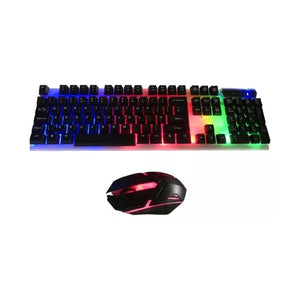
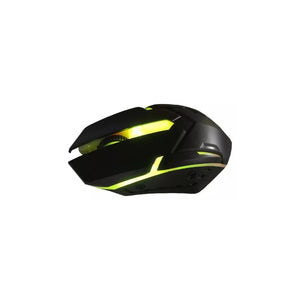
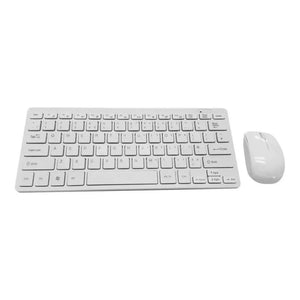
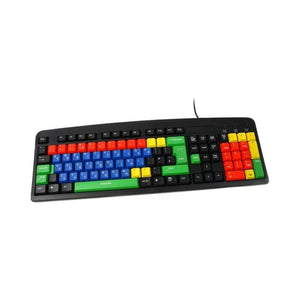
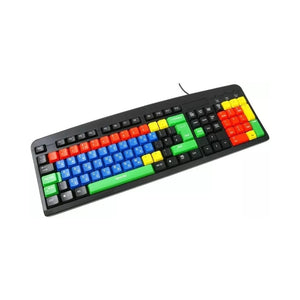
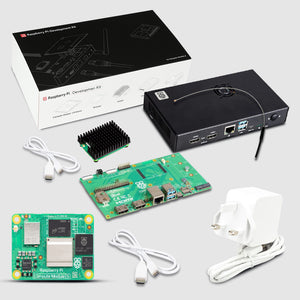
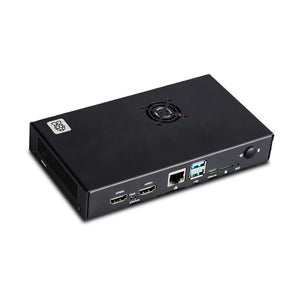
1 comment
James Frasier
Hi,
Great article, just what I was looking for, thanks! J